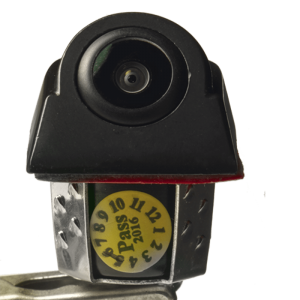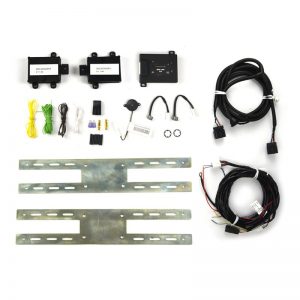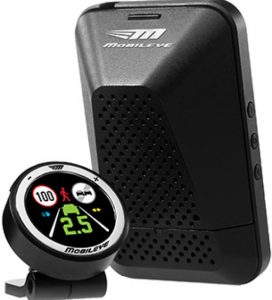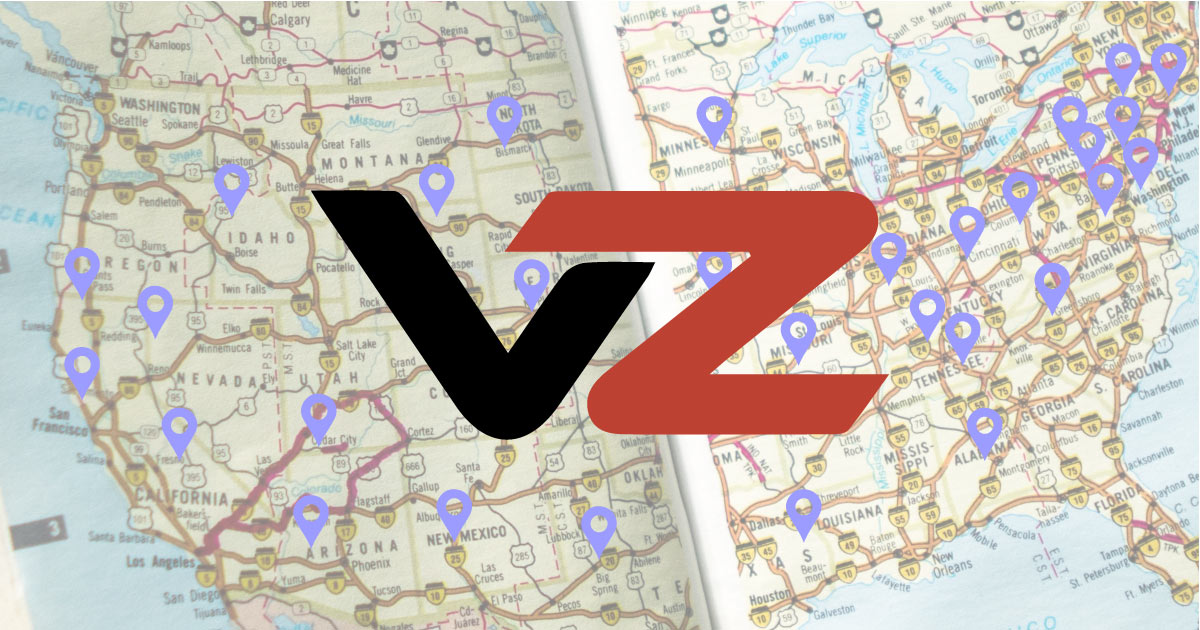As a business owner or fleet manager, you want to send your vehicles out on the road with the latest safety technologies for peace of mind. Whether you own a fleet of trucks or just a delivery van, the latest collision mitigation technologies can reduce your liability exposure and insurance premiums. As we know, it only takes one unusual traffic incident to ruin an entire insurance policy. Or, more importantly, a life. Some important safety technologies are integrated at the factory, such as ABS and stability control. However, collision mitigation might not have been a priority when your fleet was purchased. Typically, when businesses are getting started, lower-level models or used vehicles make more financial sense. Even if your box trucks and delivery vans are performing just fine, you can integrate today’s safety technologies into legacy vehicles at a very reasonable price.
Various Fleet Safety Technologies
Three easy-to-integrate safety technologies are available for your fleet. The first is installing backup cameras or sensors. They save precious time at the loading dock. Additionally, they can help drivers avoid accidentally backing into something, saving you the cost of replacing an overhead door or rear window. But most importantly, they can save a life. Backovers are common, and if your fleet operates anywhere around children while making deliveries, you should seriously consider this technology.
Backup Cameras
 For instance, VOXX Electronics’ ACA501D universal backup camera features 180 degrees of viewing angle so you can see what’s coming from either side better than with a traditional rearview mirror. The unit also features high-sensitivity optics to provide excellent low-light performance for maximum visibility after dark. The ACA501D can be mounted and used in the front or rear of a vehicle and is IP68 waterproof. A competent mobile electronics specialist can integrate the video feed into the factory vehicle screen. If there is no screen, an aftermarket monitor is available. There are even solutions where a screen appears in a new rearview mirror when the vehicle is put into reverse.
For instance, VOXX Electronics’ ACA501D universal backup camera features 180 degrees of viewing angle so you can see what’s coming from either side better than with a traditional rearview mirror. The unit also features high-sensitivity optics to provide excellent low-light performance for maximum visibility after dark. The ACA501D can be mounted and used in the front or rear of a vehicle and is IP68 waterproof. A competent mobile electronics specialist can integrate the video feed into the factory vehicle screen. If there is no screen, an aftermarket monitor is available. There are even solutions where a screen appears in a new rearview mirror when the vehicle is put into reverse.
Blind Spot Monitoring Systems
 Blind spot monitoring makes sense anytime a fleet vehicle is driven on a highway. According to the National Highway Traffic Safety Administration, nearly 900,000 blind spot accidents occur each year in the United States, resulting in approximately 300 fatalities. This is partly attributed to drivers not adjusting their mirrors properly or not properly checking their blind spots before changing lanes. With the limited visibility of most commercial vehicles, checking blind spots can save the business owner a lot of potential grief.
Blind spot monitoring makes sense anytime a fleet vehicle is driven on a highway. According to the National Highway Traffic Safety Administration, nearly 900,000 blind spot accidents occur each year in the United States, resulting in approximately 300 fatalities. This is partly attributed to drivers not adjusting their mirrors properly or not properly checking their blind spots before changing lanes. With the limited visibility of most commercial vehicles, checking blind spots can save the business owner a lot of potential grief.
Fortunately, the aftermarket has products that can alert your delivery drivers. For example, the Brandmotion RDBS-1500 is a retrofit radar blind spot monitoring and detection system that works like an OEM system based on components validated by Toyota. The unit works closer to the systems found on new vehicles than any other system available. The radar-based system works with any vehicle with plastic fascias – metal bumpers can interfere with it, but bumpers lacking plastic are now few and far between. Because it’s the only system based on automaker-validated original equipment components, the unit replicates OEM fit, finish and performance. Additionally, the Brandmotion unit includes cross traffic detection. This is important to help protect your vehicles from traffic whizzing by as your drivers attempt to back out of a space with limited visibility.
Aftermarket Collision Avoidance Systems
Finally, forward collision avoidance systems are proving to be helpful in minimizing rear-end crashes. No one wants to think their drivers are glancing down at their phones reading text messages, but it happens daily. Rear-end crashes are one of the most common types of collisions. They are often the result of drivers who are distracted or speeding. In fact, according to the National Transportation Safety Board, 40% of rear-end collisions have no brake application whatsoever, reflecting driver distraction. The NTSB has found that over 80% of rear-end crashes could have been prevented with forward collision avoidance systems. The driver whose car hit the lead car is typically considered to have been at fault.
 Mobileye has a system specifically developed for fleets that alerts the driver if it senses a potential collision. The system sends a visual and audio alert when it detects an imminent collision with a vehicle or motorcycle ahead, both on highways and in urban areas. The system issues an alert up to 2.7 seconds before a collision, giving the driver time to react and engage the brakes. Fleet owners who have installed the system are very satisfied with the results and, according to Mobileye, report 30% fewer collisions than vehicles without the technology.
Mobileye has a system specifically developed for fleets that alerts the driver if it senses a potential collision. The system sends a visual and audio alert when it detects an imminent collision with a vehicle or motorcycle ahead, both on highways and in urban areas. The system issues an alert up to 2.7 seconds before a collision, giving the driver time to react and engage the brakes. Fleet owners who have installed the system are very satisfied with the results and, according to Mobileye, report 30% fewer collisions than vehicles without the technology.
One unexpected positive side effect is an overall gas mileage improvement. Poor driving habits such as hard braking and speeding can waste fuel. Because Mobileye’s Headway Monitoring and Warning (HMW) technology issues an alert if the distance to the vehicle ahead becomes unsafe, it ultimately encourages drivers to maintain a safe following distance with enough time to brake. Pilot studies have observed a two percent increase in fuel efficiency when using these types of warning systems.
Safety Benefits Everyone
A safer fleet protects your company’s reputation and demonstrates your commitment to safety. Practicing social responsibility can even save your company money. Or, more importantly, a life.


